Made in the Shade TCs
Steve Massachusetts
11 years ago
Related Stories
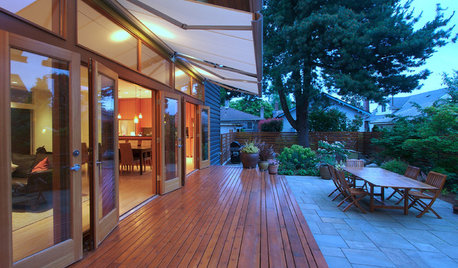
GARDENING AND LANDSCAPINGMade in the Shade, the Modern Way
Think beyond the patio umbrella with these 8 ideas for blocking the sun beautifully
Full Story
DECORATING GUIDESThe Dumbest Decorating Decisions I’ve Ever Made
Caution: Do not try these at home
Full Story
LIGHTING12 Fun Light Fixtures Made From Found Objects
Trash became treasure in these one-of-a-kind lights. See if they inspire your own DIY pendant project
Full Story
BEDROOMS13 Simple Steps to a Perfectly Made Bed
Drift off to dreamland in a delightfully soothing, artfully dressed bed worthy of a posh hotel
Full Story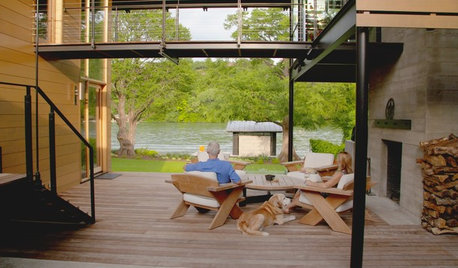
MODERN ARCHITECTUREHouzz TV: This Amazing Lake House Made a Couple’s Dream Come True
Step inside a dream home on Lake Austin, where architecture celebrating gorgeous views has a striking beauty of its own
Full Story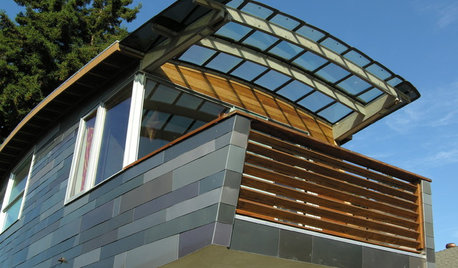
HOME INNOVATIONSHouzz Tour: Meet a Home Made With Minivan Parts
Sawn-off car roofs for the siding, windows popped out of van doors ... this California home is as resourceful as it is beautiful
Full Story
KITCHEN DESIGN15 Farmhouse Kitchens That Made Us Swoon This Month
Raw wood, natural light, shiplap siding — we just couldn’t get enough of these farmhouse-style kitchens uploaded to Houzz in January
Full Story
DECORATING GUIDESHome Accessorizing Made Simple
Get the principles of displaying accessories down pat to give your home some soul
Full Story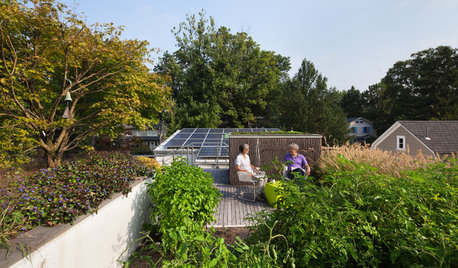
GREEN BUILDINGHouzz Tour: An Innovative Home Shows What It’s Made Of
Homeowners design their Washington, D.C., residence with sustainability in mind and to accommodate them as they get older
Full Story
BEFORE AND AFTERSA Made-Over Living Room Preens Like a Peacock
Spirited accessories and his-and-her furnishings feather a family’s nest splendidly
Full Story






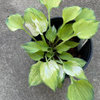
paul_in_mn
bkay2000
Related Professionals
Oatfield Landscape Architects & Landscape Designers · Salem Landscape Contractors · Commack Landscape Contractors · Danvers Landscape Contractors · Pleasant Prairie Landscape Contractors · Reedley Landscape Contractors · Wilton Landscape Contractors · Woodbury Landscape Contractors · Baltimore Fence Contractors · Dundalk Fence Contractors · Green Valley Fence Contractors · Boulder City Fence Contractors · La Mirada Solar Energy Systems · Waltham Solar Energy Systems · East Hanover Solar Energy SystemshostaLes
ctopher_mi
hostaLes
bentleygardens
hostaLes
bentleygardens